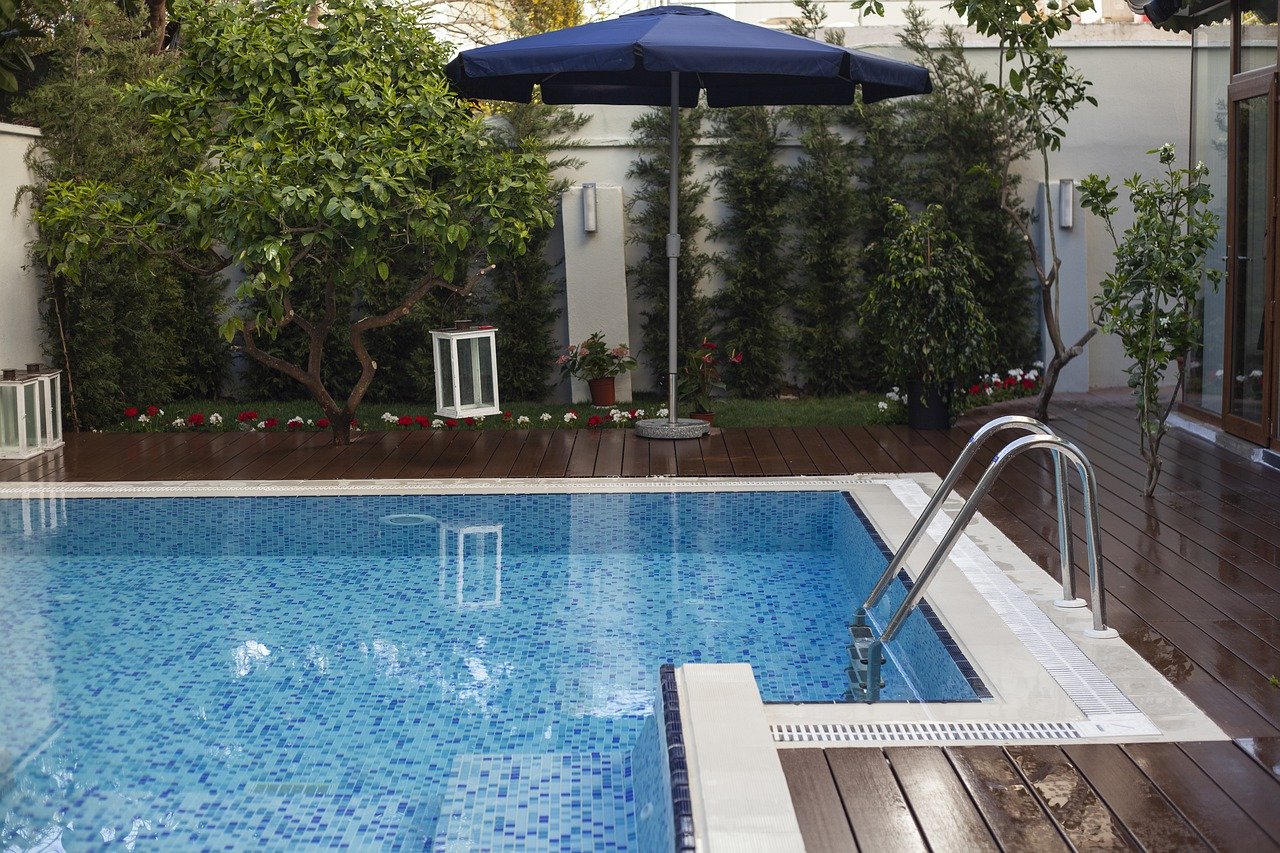Lap pools are quite popular in Australia, particularly among fitness enthusiasts and those who enjoy swimming as exercise. The long, narrow shape of lap pools makes it ideal for continuous swimming, allowing for a more effective workout.
In addition, lap pools are a popular choice in Australia because of the country’s warm climate, which allows for outdoor swimming year-round in many regions. Many homeowners choose to install lap pools in their backyard to stay cool and active during the hot summer months.
Lap pools are also popular in public facilities, such as community centres and fitness clubs. These facilities often have multiple lap lanes to accommodate many swimmers.
Overall, the popularity of lap pools in Australia is due to their practicality and effectiveness for swimming laps and staying active, as well as the country’s warm climate and love of outdoor recreation.
Get to know about the laws about building one in Australia
To have a lap pool installed in your Sydney home, you will typically need to follow the local building laws and regulations. The specific requirements will vary depending on the state and local government area in which you live.
Here are some general steps you can take to have a lap pool built in your house in Australia:
- Check with your local council: Before you begin the process of building a lap pool, you will need to check with your local council to determine what permits and approvals are required. This will usually involve submitting plans and obtaining a building permit.
- Choose a pool builder: Once you have the necessary permits and approvals, you can begin to choose a pool builder to construct your lap pool. It’s important to choose a reputable builder with experience in constructing lap pools.
- Design your lap pool: Work with your pool builder to design your lap pool. This will involve choosing the size, shape, and features of the pool. Consider factors such as the available space, your budget, and any specific needs or preferences you may have.
- Obtain necessary approvals: Before construction can begin, you will need to obtain any necessary approvals or permits from your local council
- Construct the pool: Once all necessary approvals have been obtained, construction of the pool can begin. This will involve excavation, installation of the pool shell, plumbing, and electrical work.
- Finishing touches: Once the construction of the pool is complete, you can add any finishing touches such as decking, fencing, and landscaping.
Adding heater to enjoy winters
Adding a heater to your lap pool can extend the swimming season and allow you to use the pool more frequently, especially during colder months or in areas with cooler climates.
There are several types of pool heaters that can be used with a lap pool, including electric, gas, and solar heaters. Electric and gas heaters are the most common types of pool heaters, while solar heaters are becoming increasingly popular as a more environmentally friendly option.
The type of heater you choose will depend on your budget, location, and specific needs. It’s important to consult with a pool builder or heating specialist to determine the best type of heater for your lap pool.






